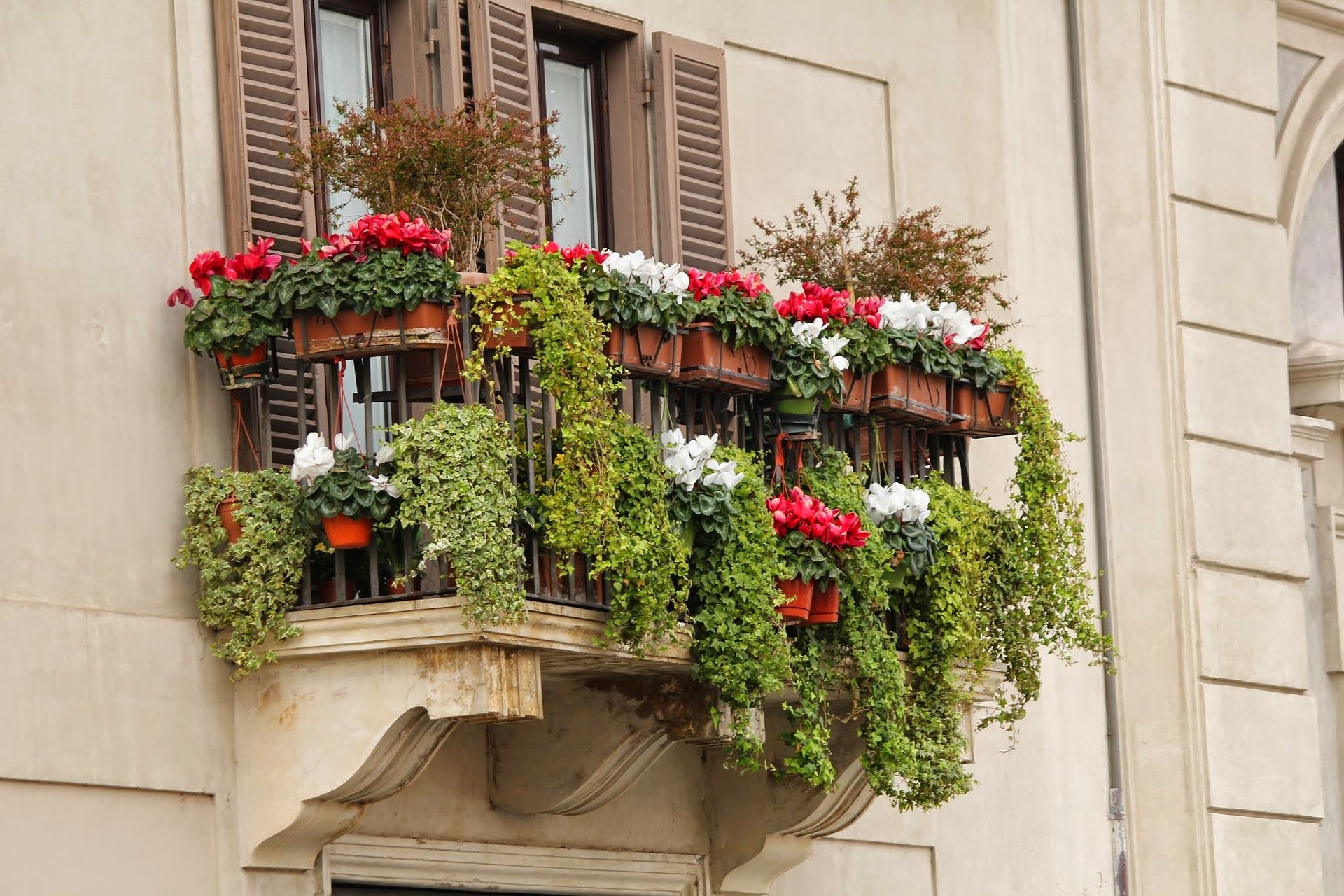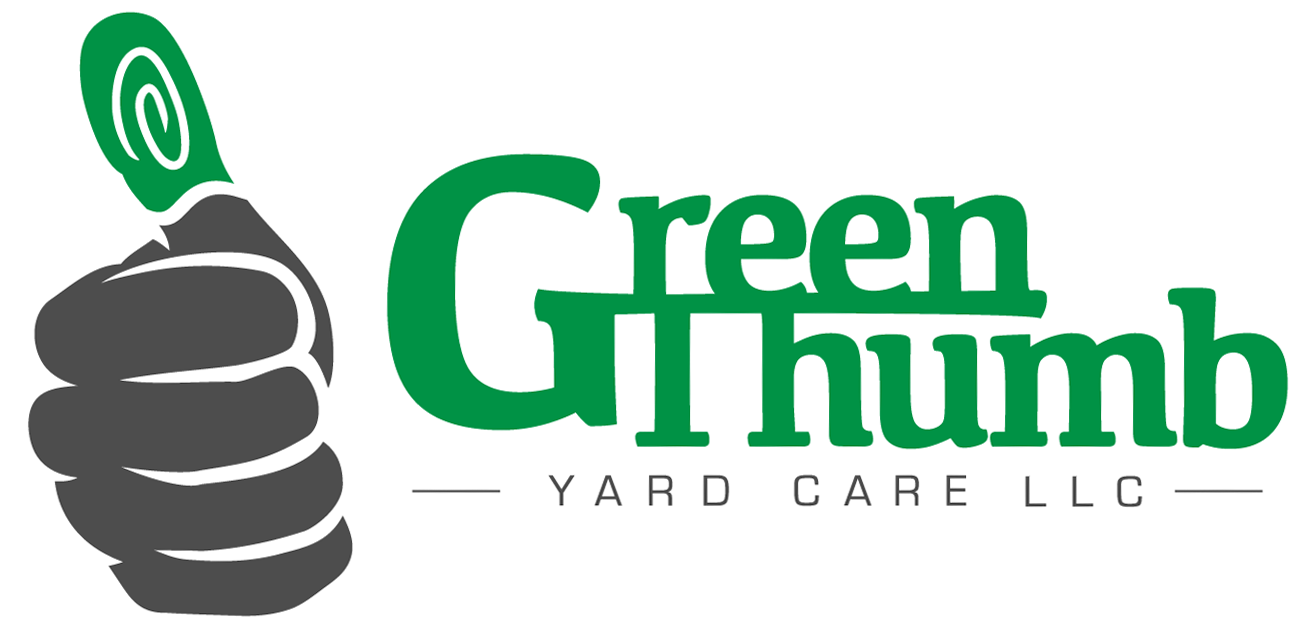Simple Formula for Beautiful Window Boxes and Planters
Container gardening is a fun way to express your style with plants. There is an easy 3-part formula to ensure your window boxes and flower pots look fantastic every time.
Thrill, fill, and spill is the secret to beautiful flower containers. If you follow those three pieces of advice your planters will never fail. Let cover what each piece to the puzzle means.
Thrill
Just what it sounds like, the “thrill” is a plant that catches your eye. Think of the “thrill” as your focal point. You should use these plants sparingly to avoid overstimulating the viewer.
Thrilling plants have contrasting color from the other plantings. They grow above the accompanying plants and have a unique texture. Great “thrill” plants include, but are not limited to:
Plant these plants near the center of your planter or, if you are using a long window box, plant 2 or 3 evenly spaced apart.
Fill
The “fill” are plants that grow and occupy empty space in the planter. They can be foliage plants or have flowers. However, it is important to make sure that they don’t steal the show from your “thrill.”
There are plenty of options to choose from when you are selecting plants to fill your planters and window boxes. You can use annuals, perennials, or a combination!
Try some of these plants:
- Heuchera
- Ferns
- Pansies
- Petunias
- Impatiens
- Ornamental cabbage
- Herbs

Spill
The last ingredient for your beautiful flower arrangement is “spill.” Just like the photo above, your planters need something to spill over the sides and down the pot or window box. The “spill” adds the finishing touch and makes your planting appear robust and full.
Try using some of these plants to create your spill:
- Varieties of ivy
- Stone sedum
- Vinca vine
- Trailing herbs
- Nasturtiums
